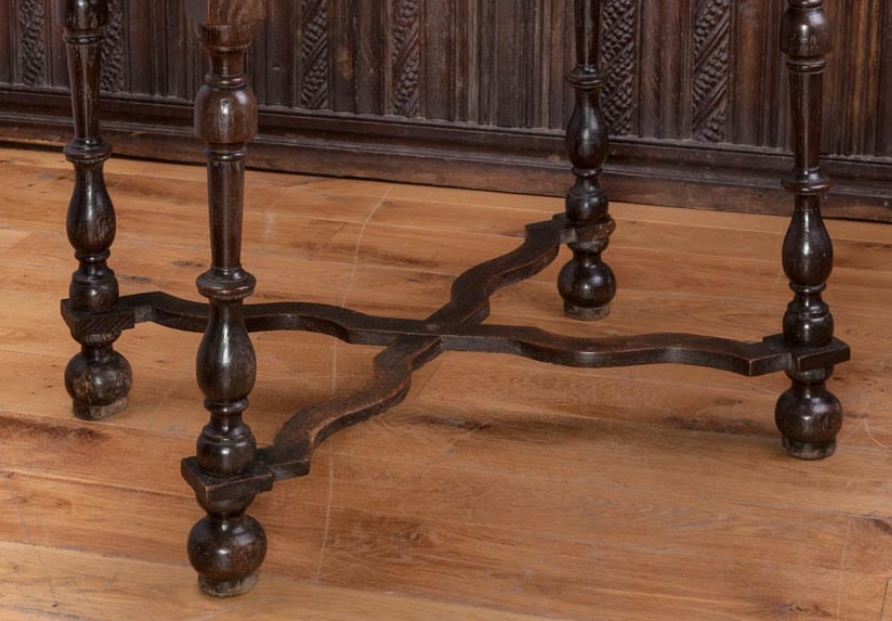[L] FURNITURE LEGS, FEET, AND STRETCHERS ✅
1/45
There's no tags or description
Looks like no tags are added yet.
Name | Mastery | Learn | Test | Matching | Spaced |
|---|
No study sessions yet.
46 Terms
Ball-and-Claw Foot
Carved foot in the form of the claw of an animal or bird holding a ball, the ball resting on the floor; May have originated in Europe from a Chinese decorative motif of a dragon's claw grasping a pearl

Ball-and-Claw Bracket Foot
Variety of ball and claw topped by and thus attached to body of a piece by brackets
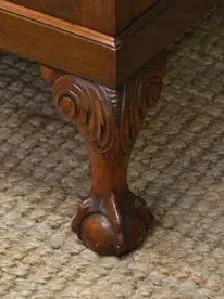
Ball Foot
Round, turned foot either terminating a leg or serving independently as a support for a case piece; May be spherical, or it may be ovoid with a vertical axis
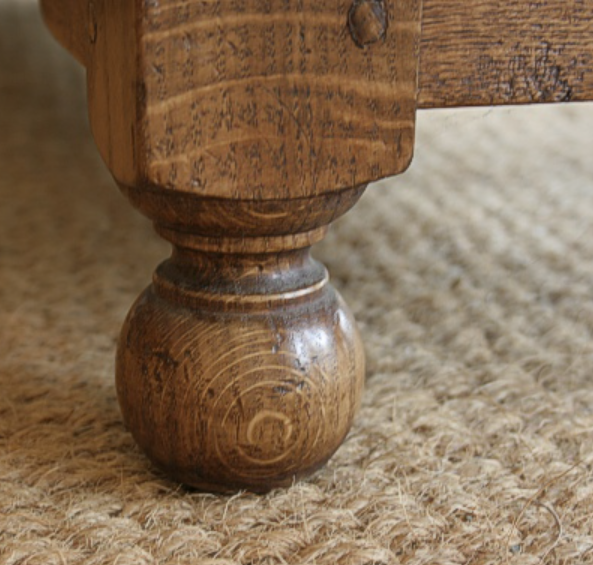
Bear Claw's Foot
Carved paw foot in which the paw is a bear's
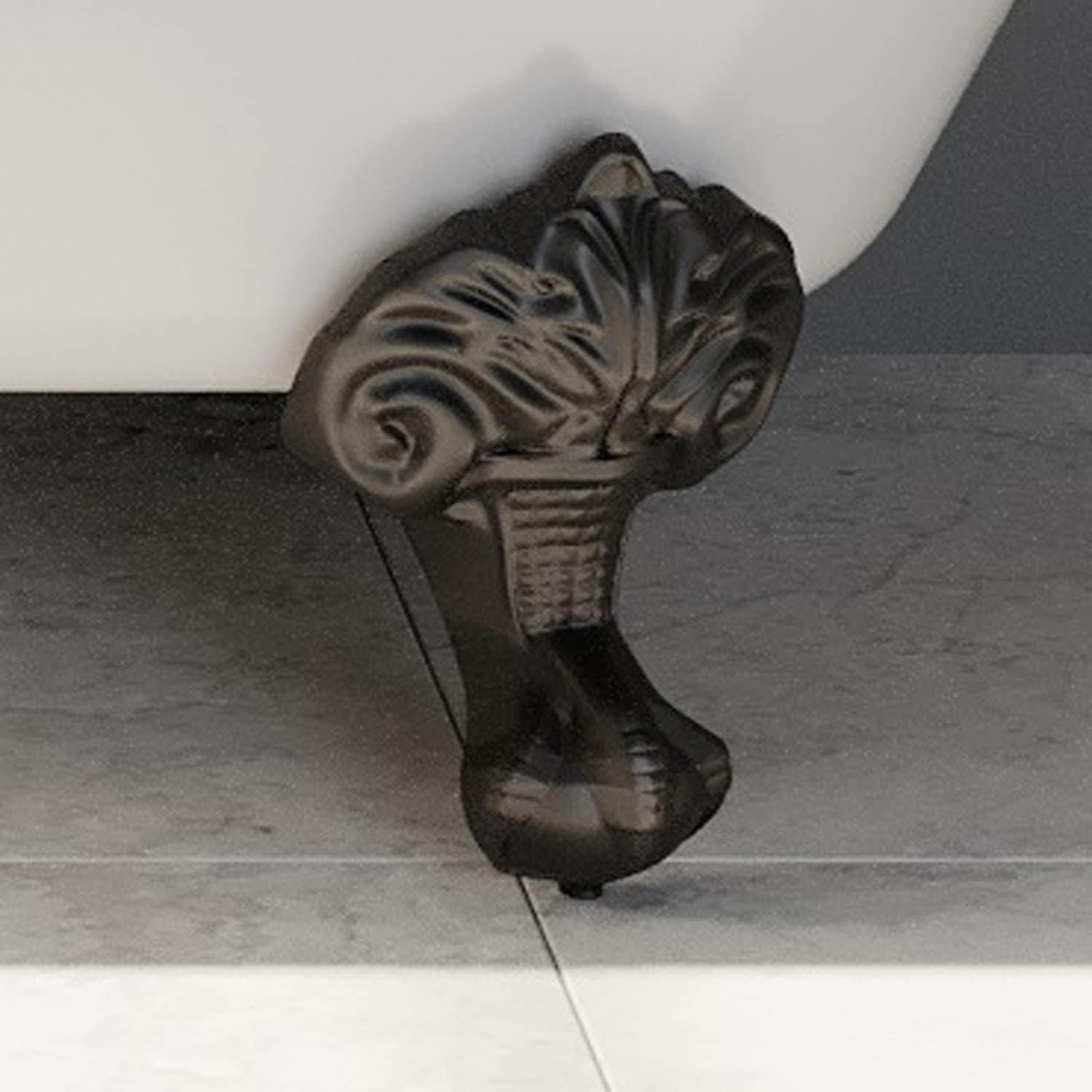
Bracket Foot
Support for case furniture consisting of two brackets mitered and joined below the corners of the piece's body
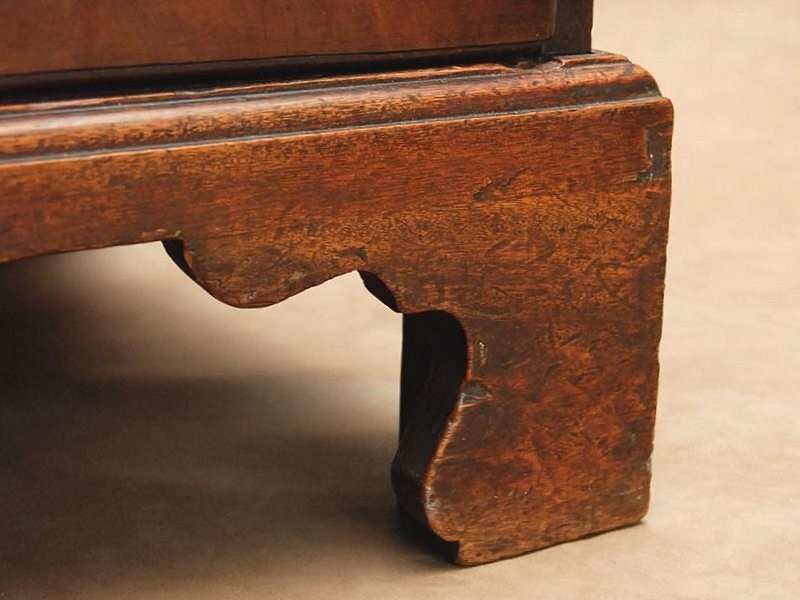
Bootjack Foot
Support at either side of a simple piece of case furniture in which the side panel extends below the bottom of the piece's body; This extension resembles a bootjack because a triangle is cut from the center of its lower edge, leaving a "foot" at front and rear
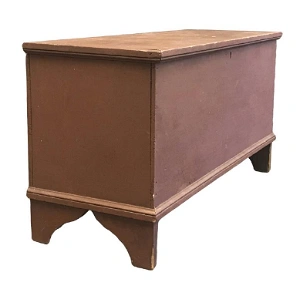
Bun Foot
Round, turned foot flattened at top and bottom, similar to Ball Foot

Cloven Foot
Resemblance to the cloven hoof of an animal, such as a deer or goat

Dolphin Foot
Carved foot in shape of a stylized fish; Particularly popular in the British Regency Style
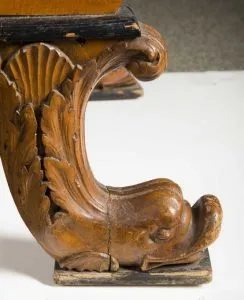
Drake Foot
Also known as Trifid Foot; Carved foot having 3, occasionally 4 "toes" or prominent ribs, on its upper surface
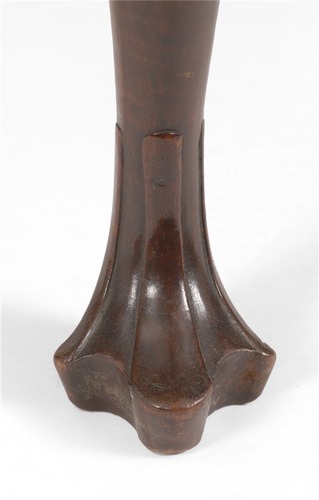
Dutch Foot
Broad term designating any of several 18th century shaped feet used throughout Europe and America, generally to terminate a cabriole leg; Each type is characterized by a flat circular or avoid bottom, little or no carved ornamentation and a smoothly curved top with any of several profiles
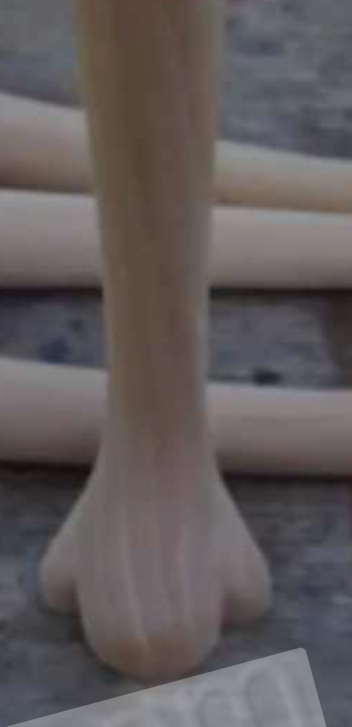
Pad Foot
Characterized by a rounded, flattened shape resembling a pad or disc

Snake Foot
Characterized by a carved, S-shaped curve that resembles the coiled body of a snake
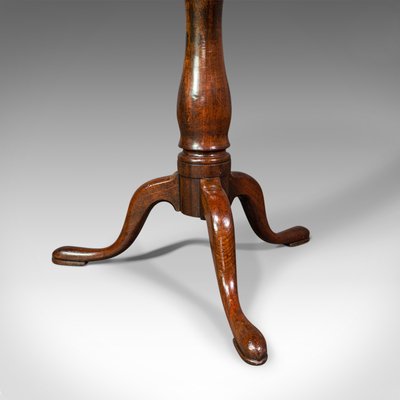
Slipper Foot
Resembles a flat, elongated oval or rectangle; Has a low profile and sits flush with the bottom of the furniture leg, giving the appearance of a slipper or shoe placed on its side

Flemish Scroll Foot
17th Century carved foot characterized by to scrolls, one at the floor and one where foot joins leg or, in a case piece, body; Bottom scroll turns inward, while the upper one may spiral inward or outward; Section between the two scrolls may be angular or straight in profile, and it may be decorated with grooves or the other carving
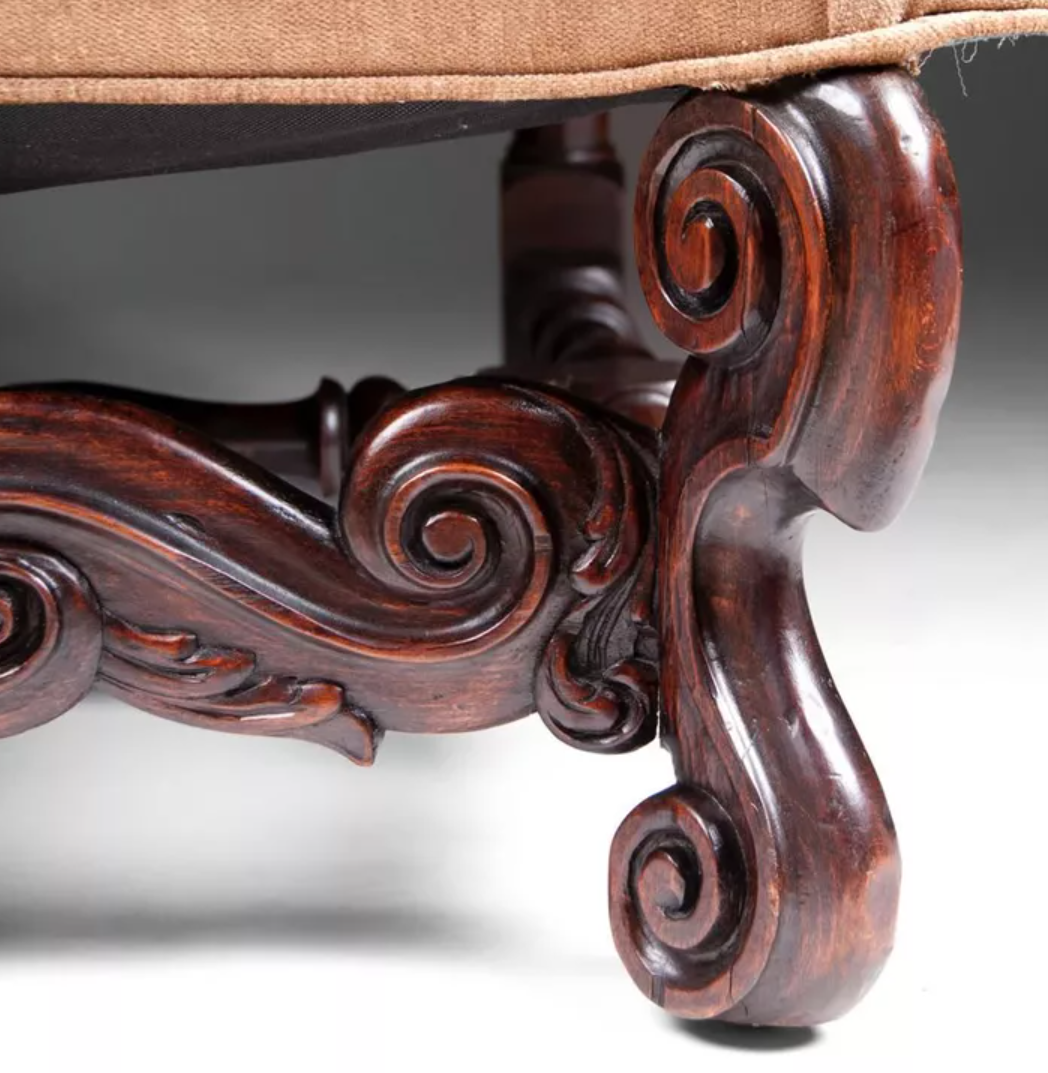
French Bracket Foot
Type of bracket foot having slender and tapering arms and vertical profile that splays outward slightly at the bottom
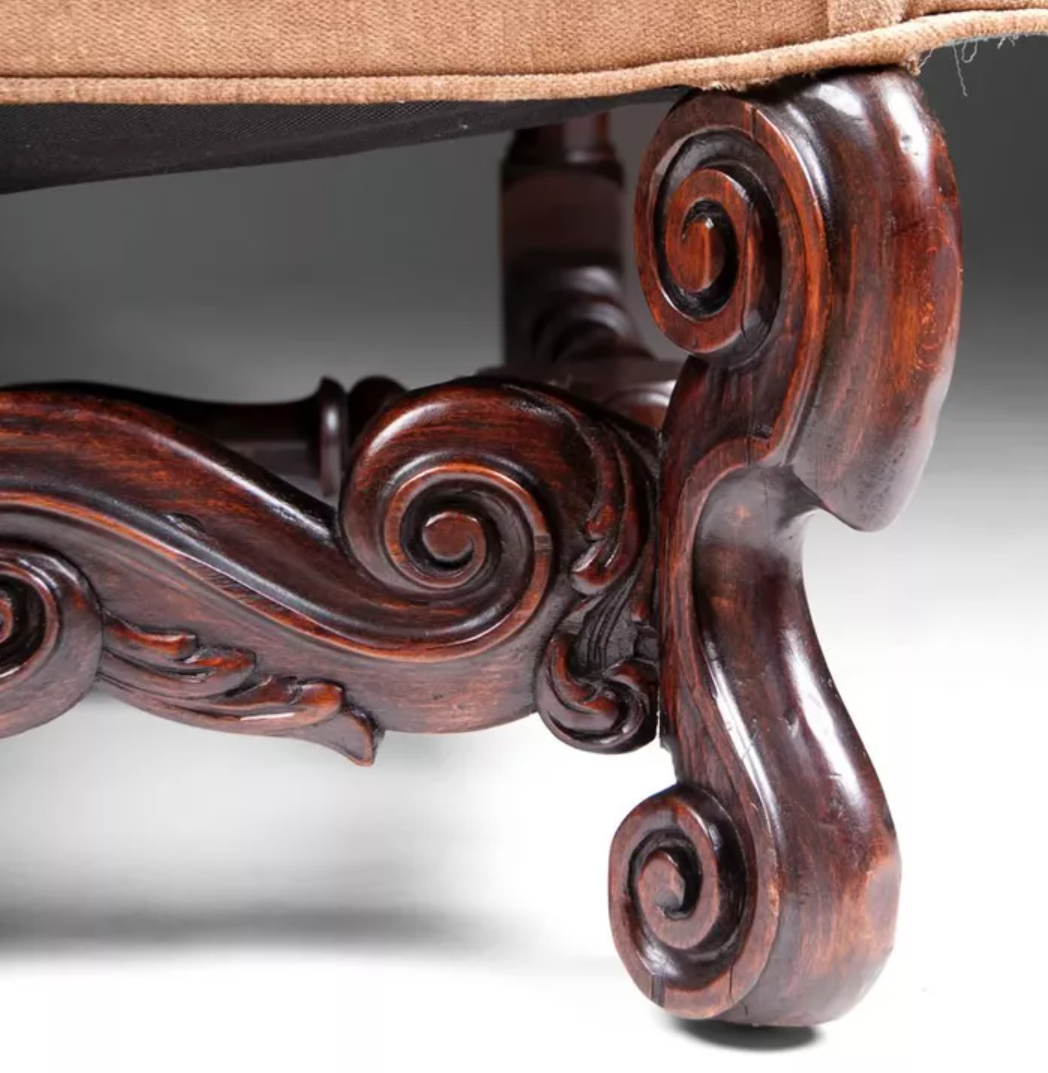
Hoof Foot
Also known as Pied de Biche; Carved foot in a form of an animal's hoof, either cloven of solid. Dating back into Egyptian furniture, reappeared in Europe in the late 17th century
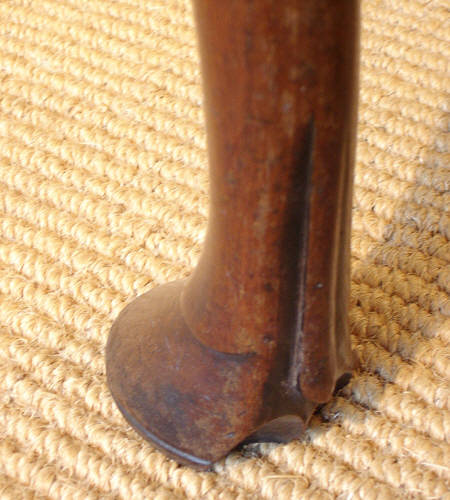
Lion's Paw Foot
Carved paw foot in which paw is a lion's
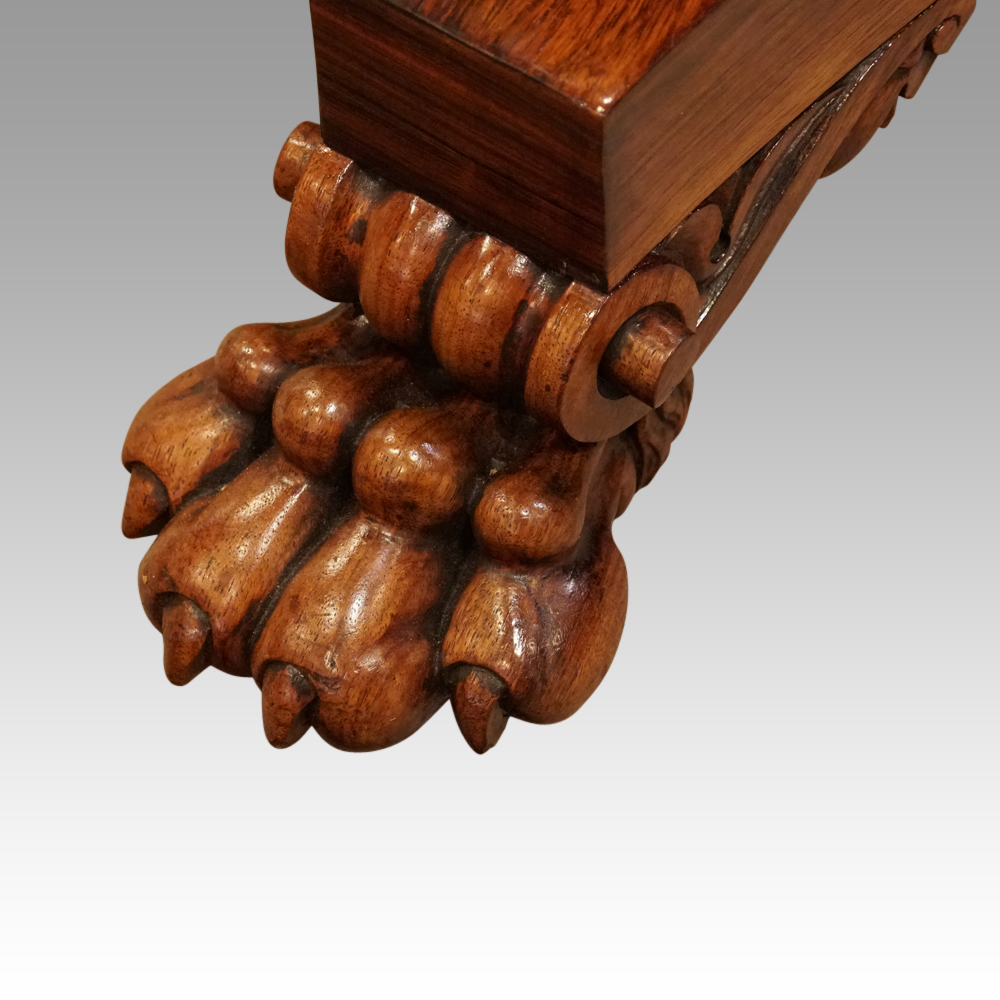
Melon Foot
Decorated bun foot with incised vertical lines spaced regularly around its circumference
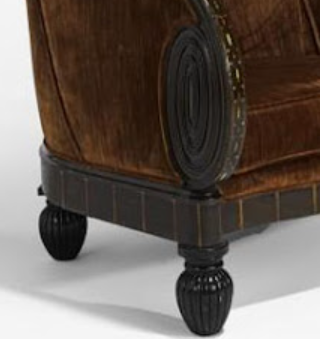
Ogee Bracket Foot
Type of bracket foot with vertical profile in the form of an s curve or cyma reversa curve

Paw Foot
Carved foot taking the form of an animal's paw
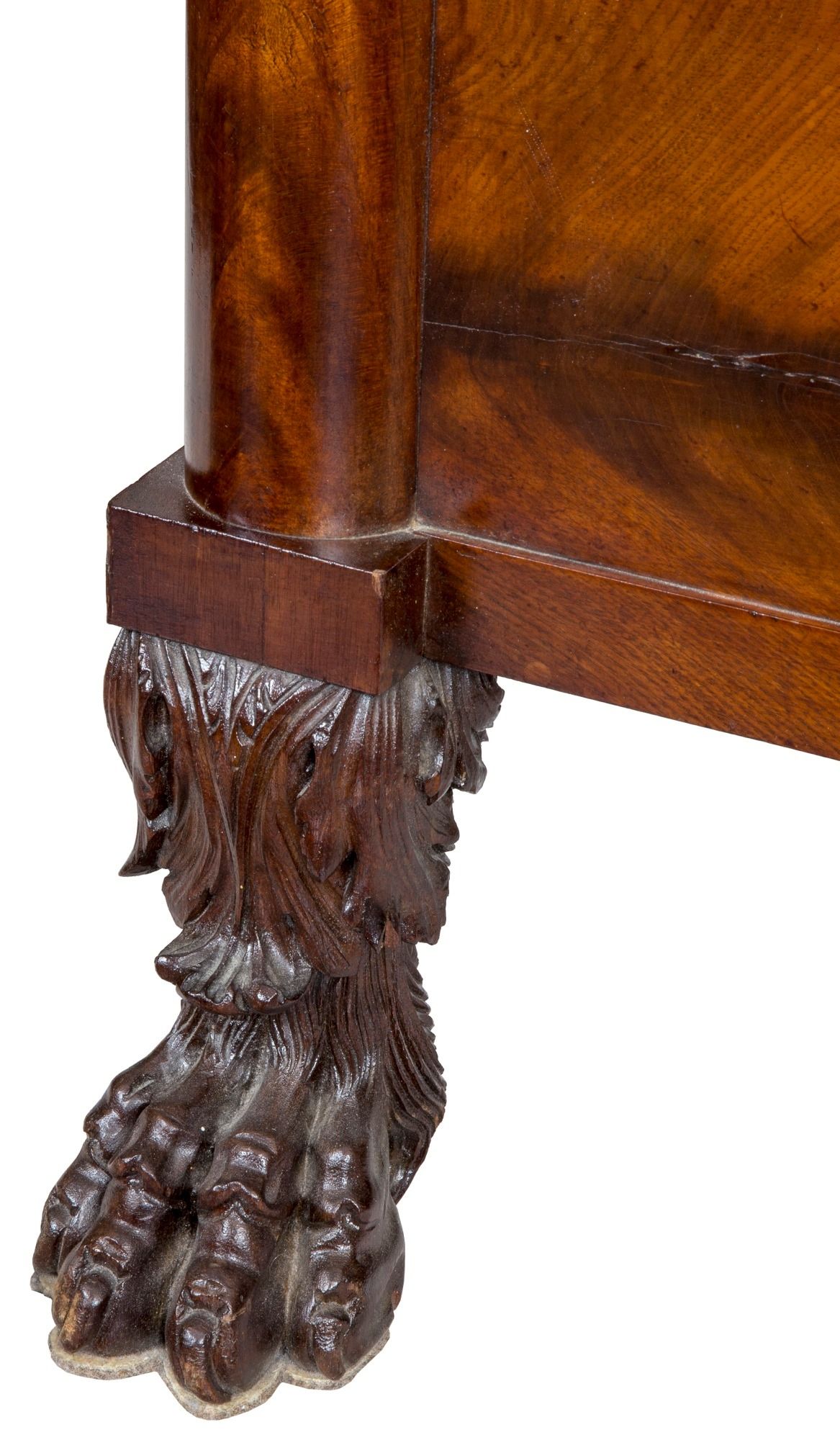
Pear Foot
Type of ball foot turned with a vertical profile in the form of a cyma recta curve; The concave upper turning thus forms a neck near the top of the foot
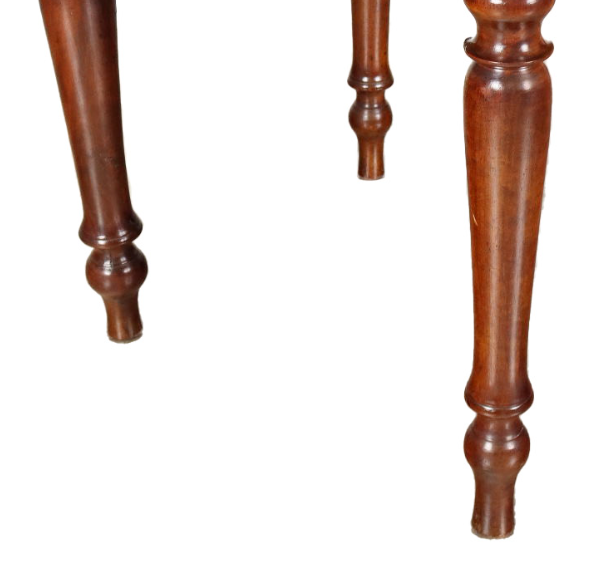
Scroll Foot
Carved foot terminating a leg and taking a form of an outward and upward turning scroll

Spade Foot
Block-shaped foot higher than wide and tapering slightly towards the bottom resembling profile of a blade of a shovel or spade
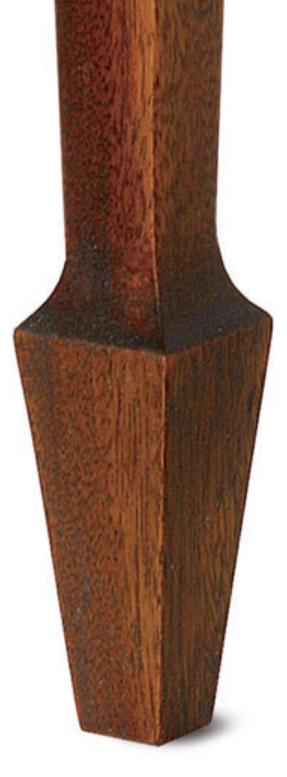
Spanish Foot
Carved foot terminating a leg and characterized by an inward- turning scroll at the bottom and vertical grooves above creating ribs on the top surface of the scroll
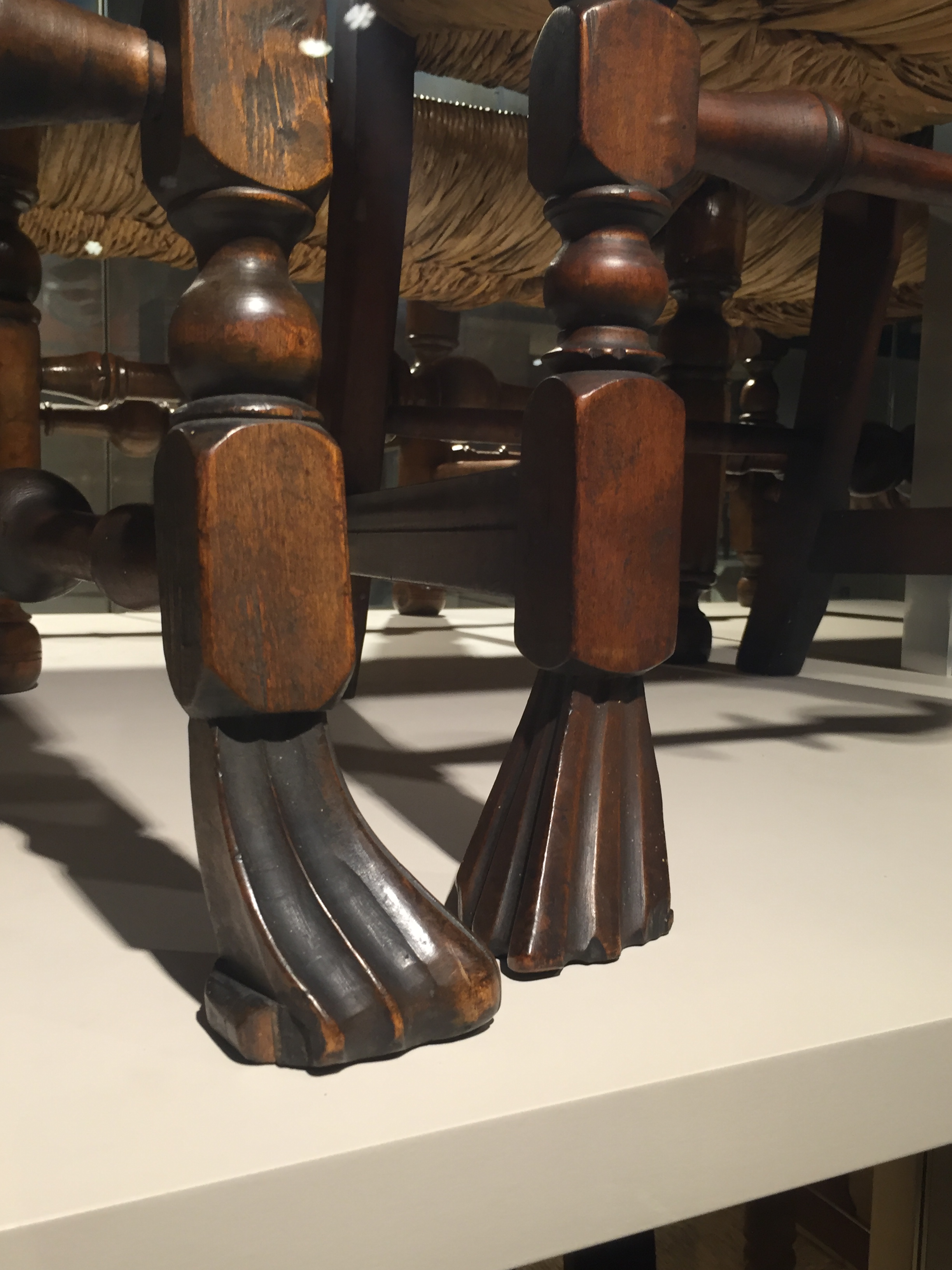
Stub Foot
Short, broad, downward-tapering foot attached to the bottom of a piece of case furniture
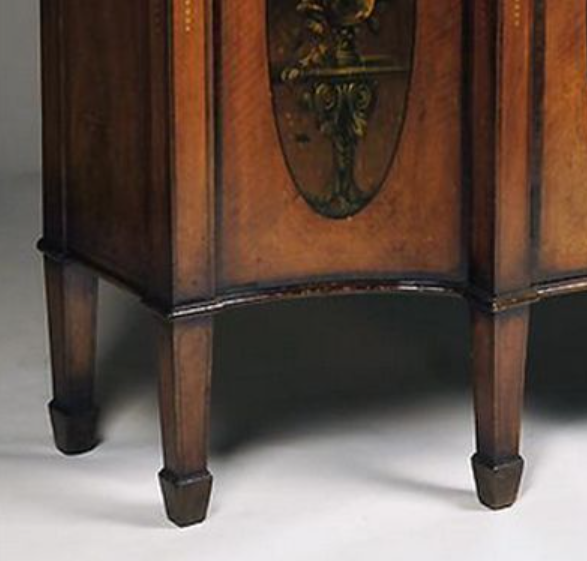
Tern Foot
Carved foot decorated with three scroll or spiraled groove
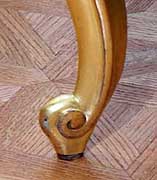
Cabriole Leg
Carved, double curved, tapering furniture leg dominant in the 18th Century;
Broad upper part formed a pronounced outward curve above a tapering lower part with a long, smooth inward curve that extended down to the carved foot which flared outward again
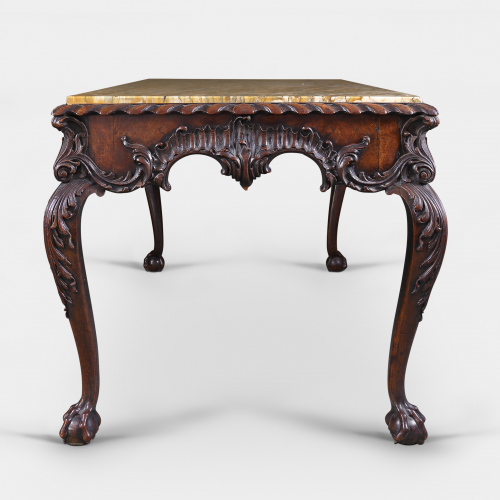
Cupped Leg
Turned leg with cup turning
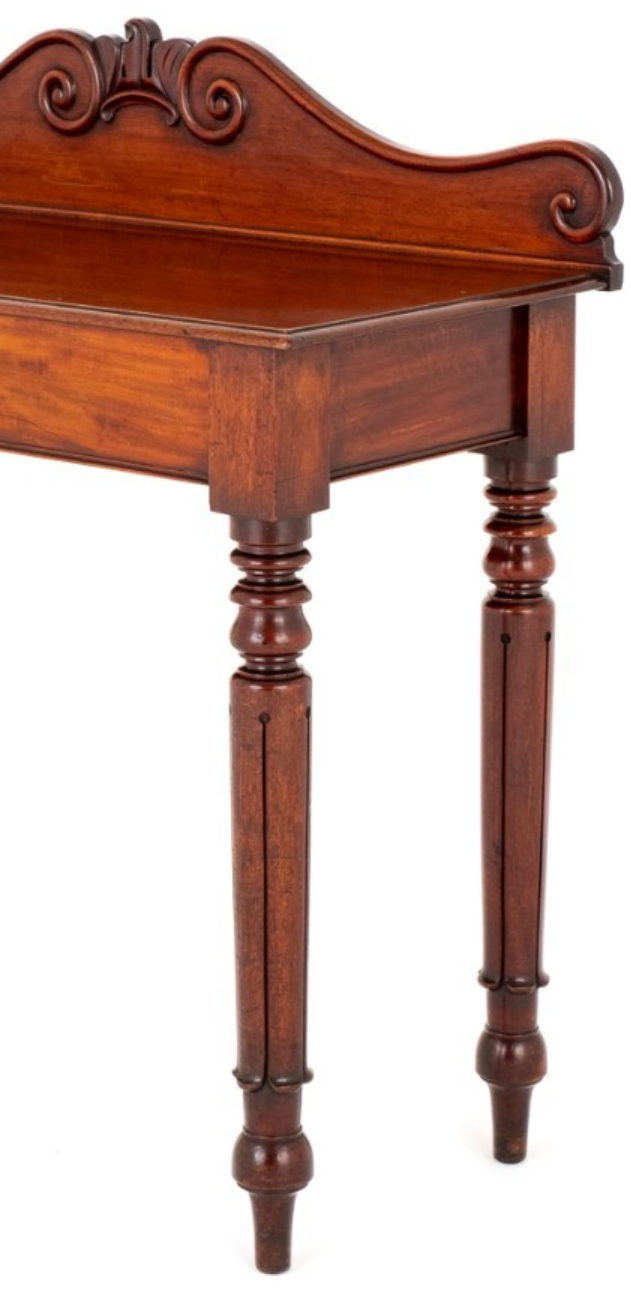
Elephant Trunk Leg
Support for low pieces of Chinese furniture, short heavy leg that curved outward slightly at the top, down to a tight inward scroll at the bottom
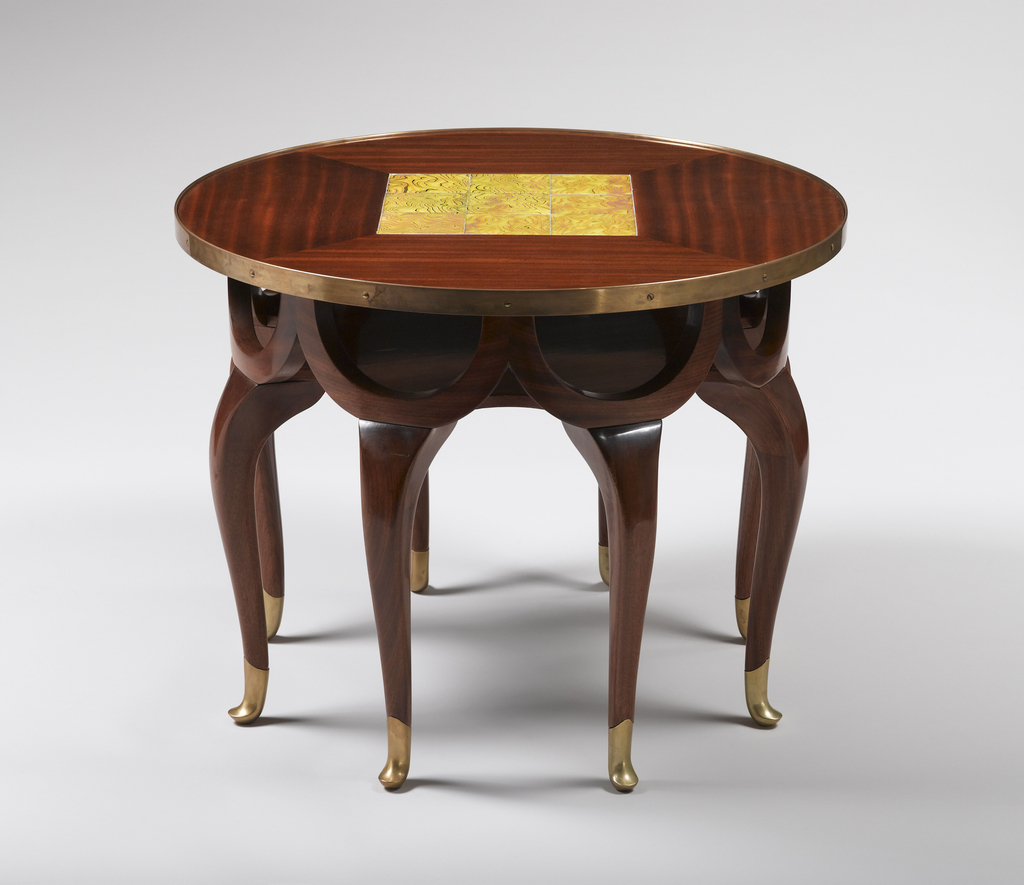
Flemish Scroll Leg
Carved leg of the 17th century, characterized by two scrolls, one at the floor and one at or close to the supported piece; The bottom scroll turned inward, while the upper one might spiral inward or outward
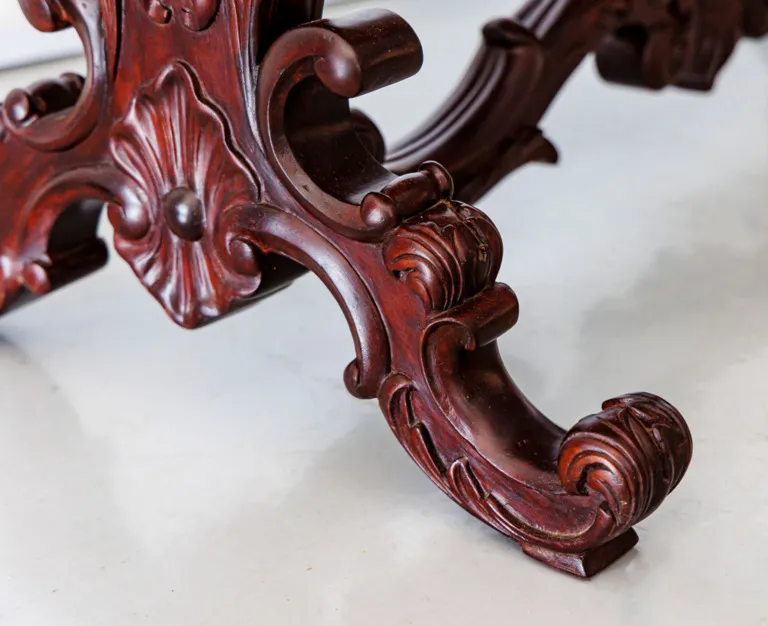
Marlborough Leg
Straight, square leg, either undecorated or craved with simple fluting or stopped fluting, sometimes tapering downward; Very popular in British Rococo furniture
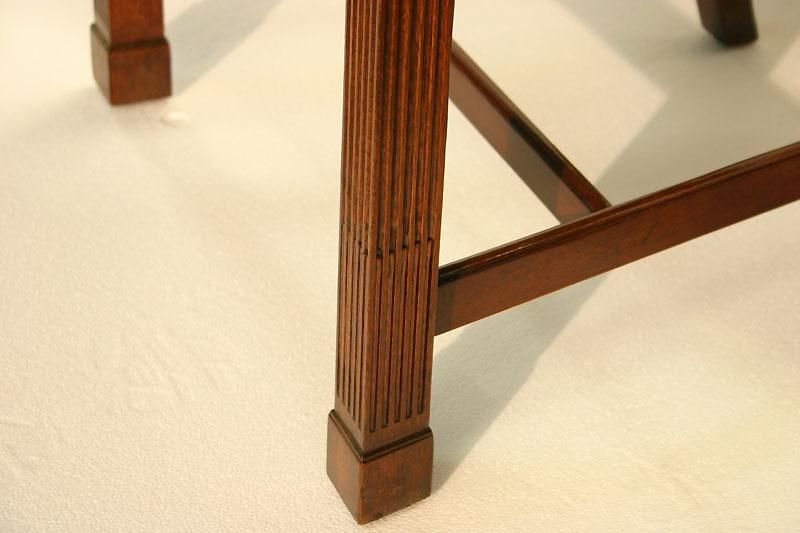
Saber Leg
Also known as Scimitar Leg, Swept Leg, and Waterloo Leg; Rearward-curving front leg of chair or sofa resembling a cavalryman's curved sword; Usually rectangular in section, sometimes with a reeded, fluted or gently rounded front
Tapered slightly toward the bottom
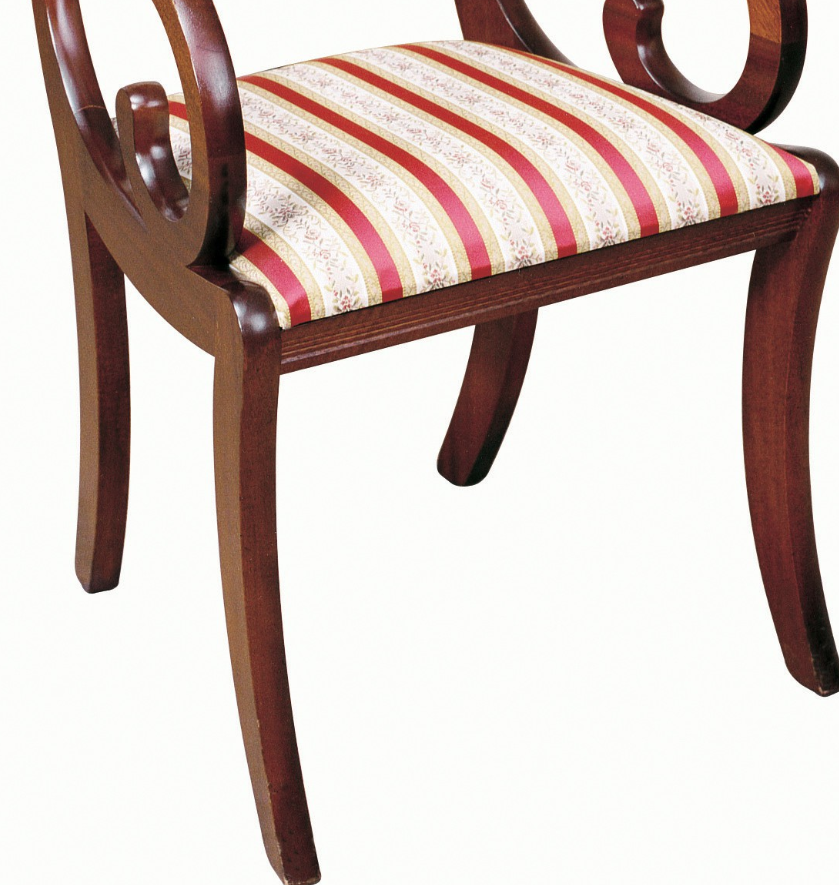
Scroll Leg
Carved leg shaped like large letter S

Spiral Leg
Turned leg incorporating a spiral turning
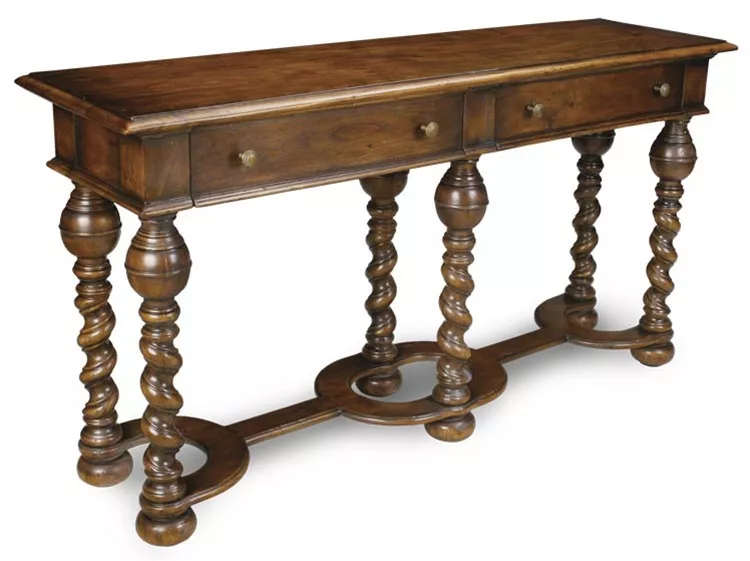
Swing Leg
Similar to the gate of a gate-leg table, but it does not have a lower stretcher; Table leg attached by horizontal member at its top to fixed member beneath the table from which it pivots outward on a hinge to support a leaf, as in the butterfly table or an unfolding tabletop, as in the 18th Century card table
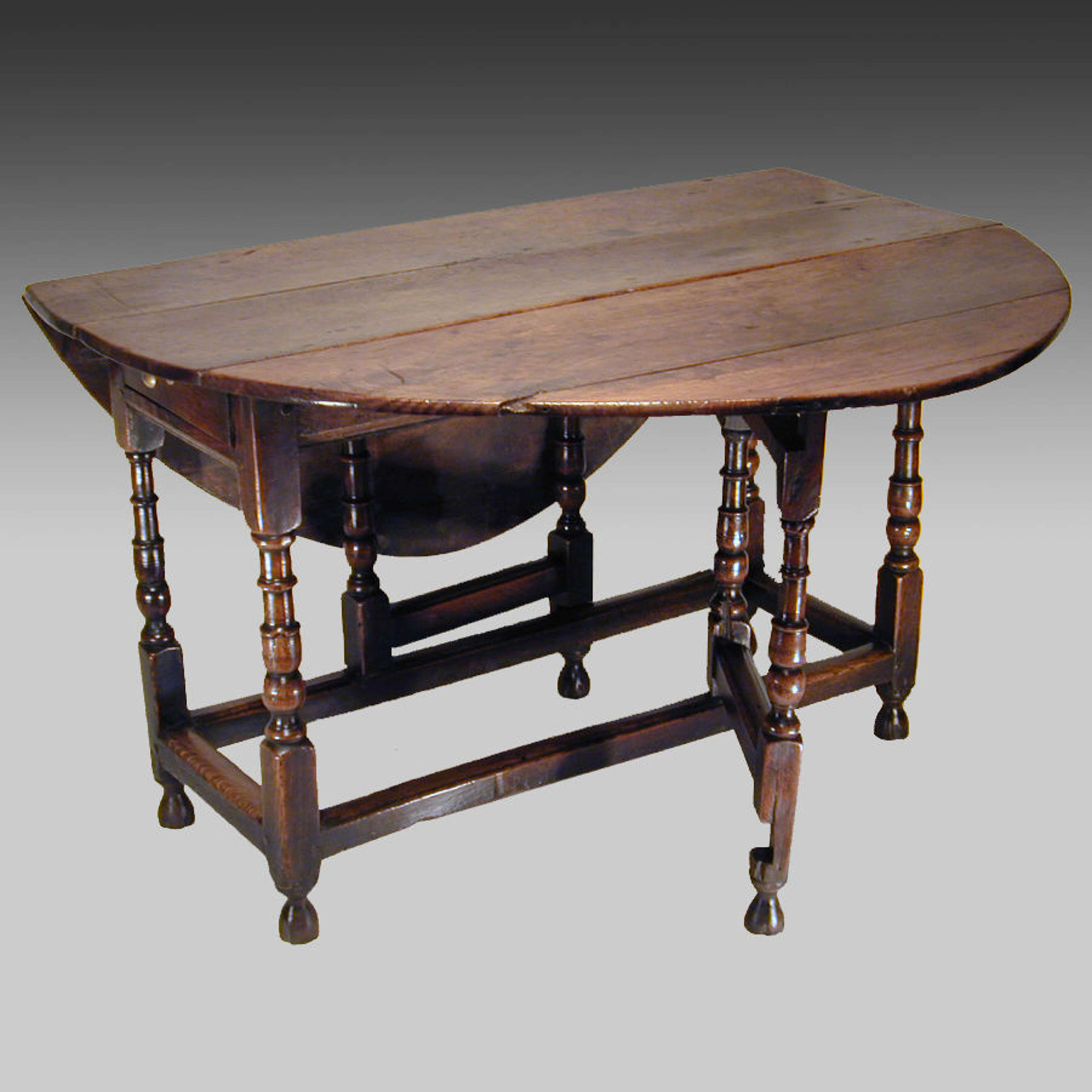
Trumpet Leg
Characterized by its curved, trumpet-like shape, resembling the musical instrument
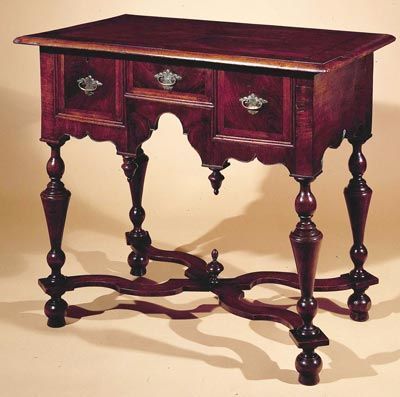
Arched Stretcher
Stretcher, commonly x-stretcher, that bows upward decoratively, adding interest to the horizontal line
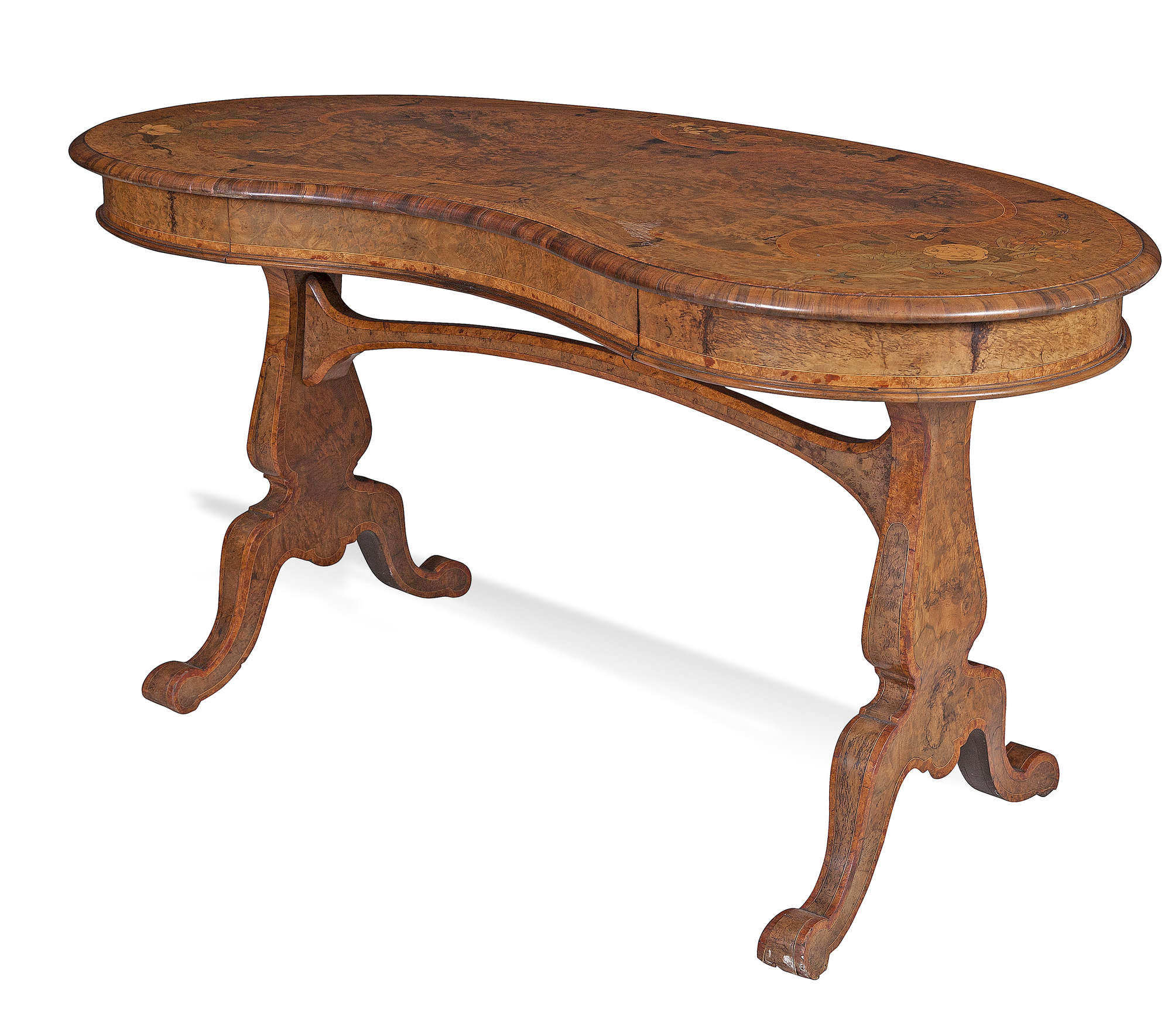
Box Stretcher
Four crossbars used to connect furniture legs around a square perimeter, without crossing the space within that perimeter; The simplest stretcher, need not to be at the same height from the floor

Cow-Horn Stretcher
Also known as Crinoline, Spur, or Crescent Stretcher; Stretcher or crossbar connecting the legs of usually a Windsor chair; Bowlike rod, curved beneath the set, connects the 2 front legs. From it, 2 short rods, or spurs, extend rearward, one to each back leg

Double-Lyre Stretcher
Early 18th century table stretcher in which two lyre-shaped segments connect the legs; The open end of each lyre faces an end of the table, with each arm of the lyre attached to one leg; The two lyres are joined at their curved sections
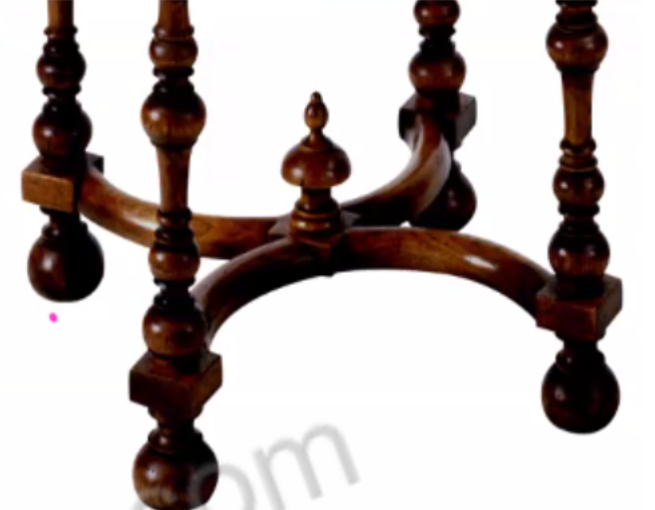
H-Stretcher
Stretcher in which to crossbars - one joining the front and back legs of a piece of furniture on each side- are themselves connected in the middle by a third crossbar; their arrangement resembles a letter H

Double H-Stretcher
Has two bars connecting those at the sides; Double configuration provides added strength and stability to the furniture piece, distributing weight evenly across the frame
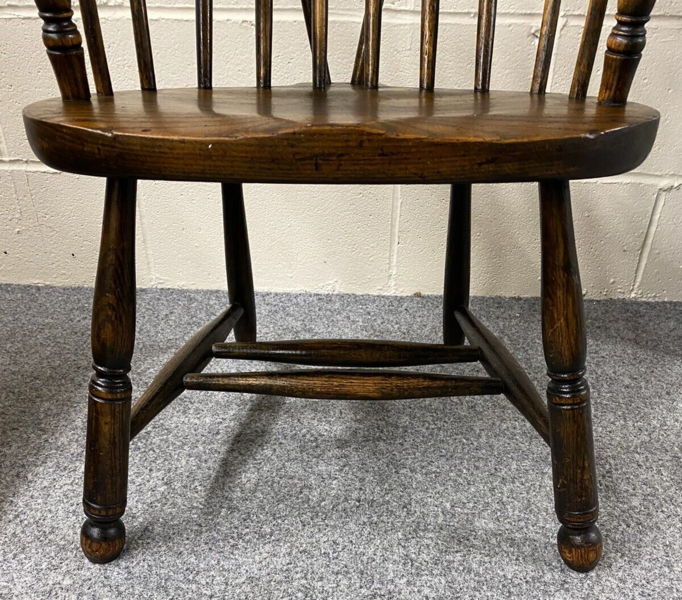
Isle of Man Stretcher
Nineteenth-century British stretcher used on three-legged furniture, chiefly stools; Each leg is joined by a horizontal member to another such member extending from an adjacent leg; The 3 stretcher members form a triangular configuration beneath the seat

Serpentine Stretcher
Any stretcher whose members curve more than once between one leg and another
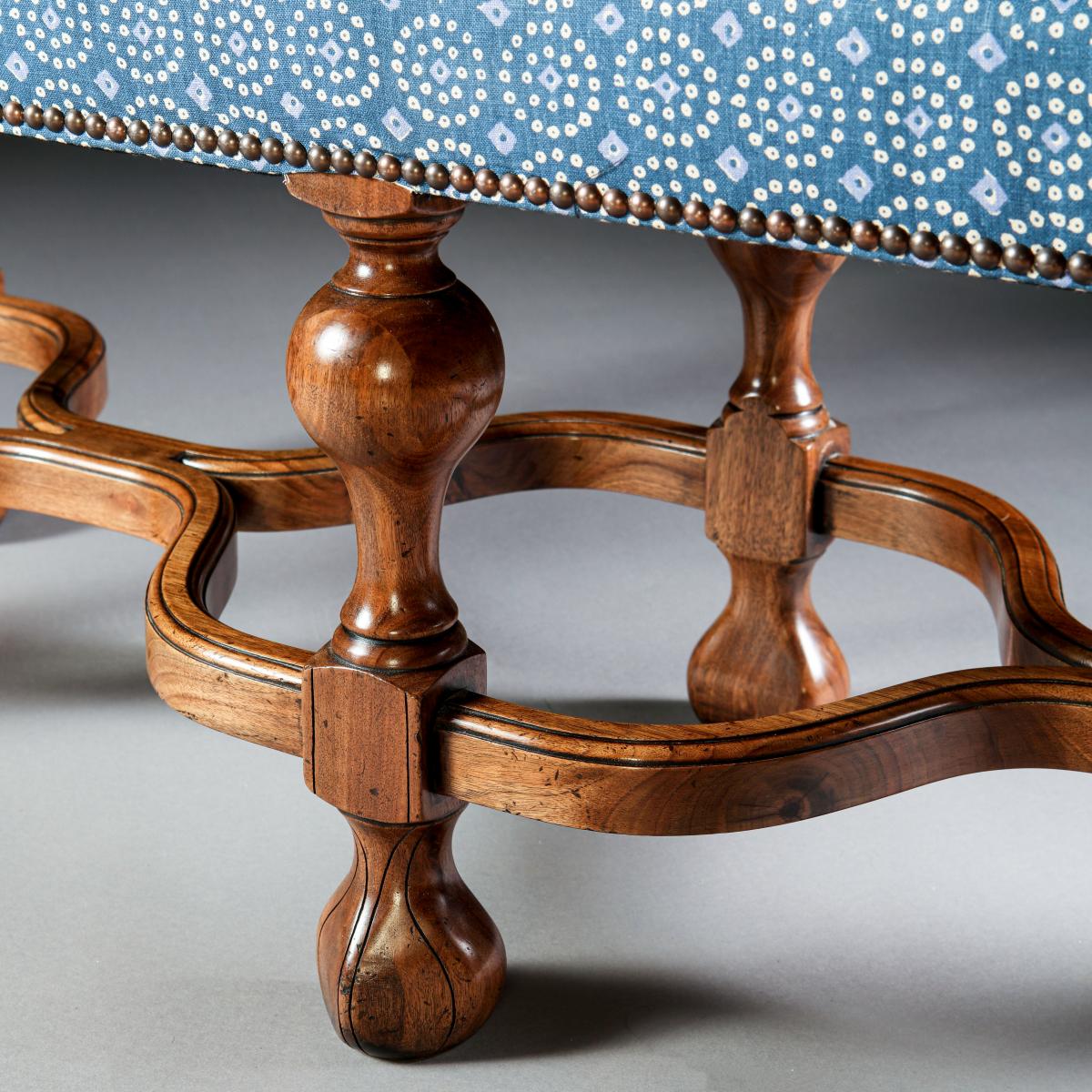
X-Stretcher
Stretcher in which 2 crossbars, each joining one front leg of a piece of furniture to the rear leg on the opposite side, are connected to each other in the middle; Arrangement resembles an X
